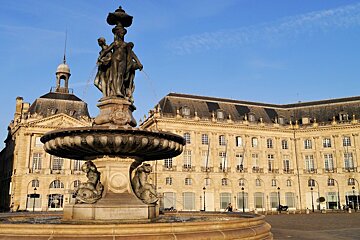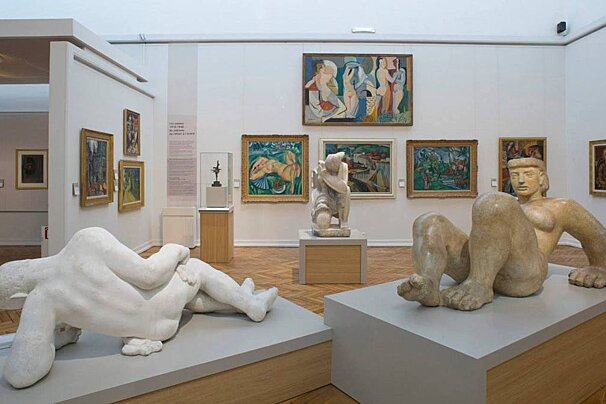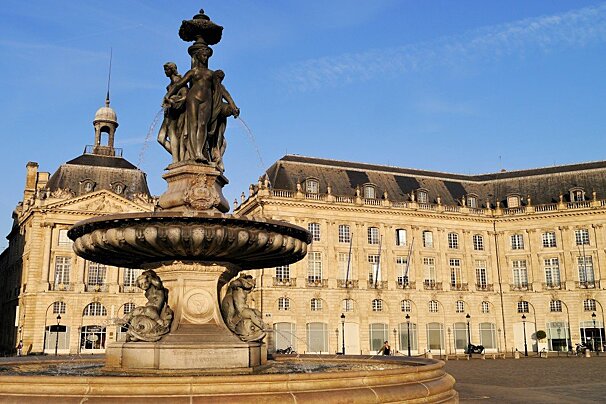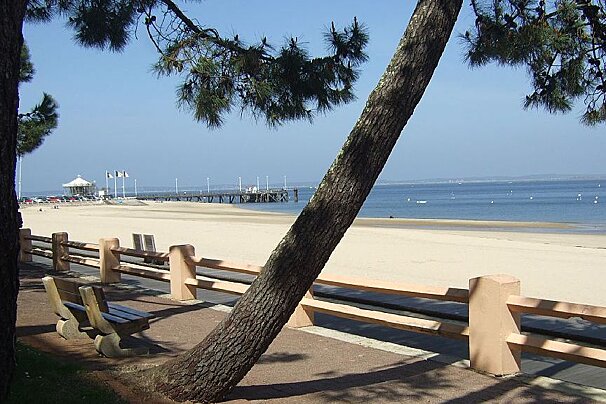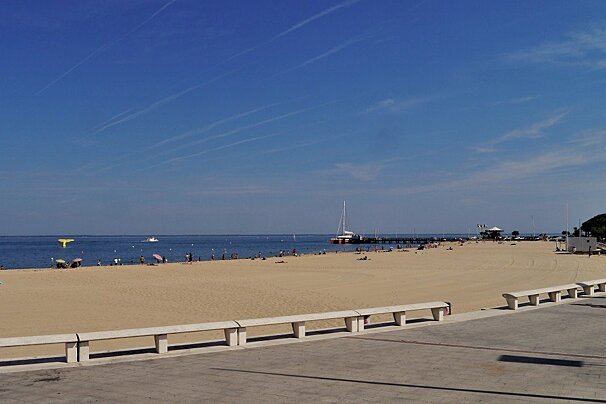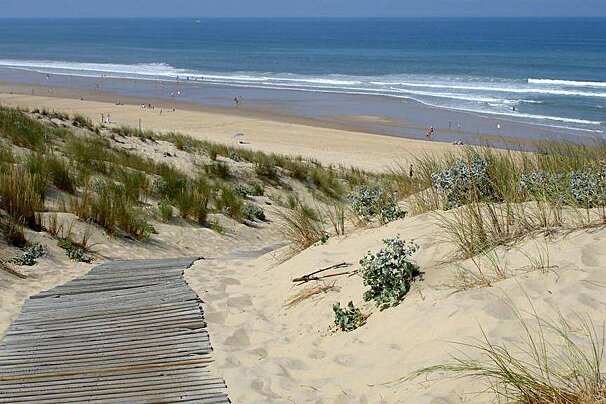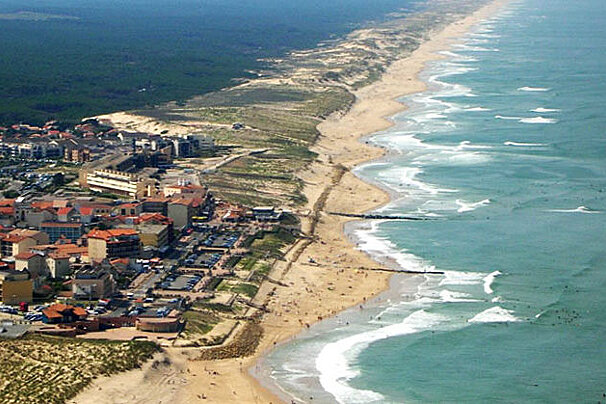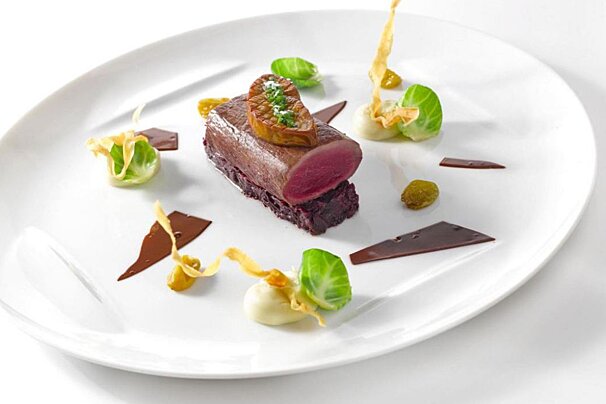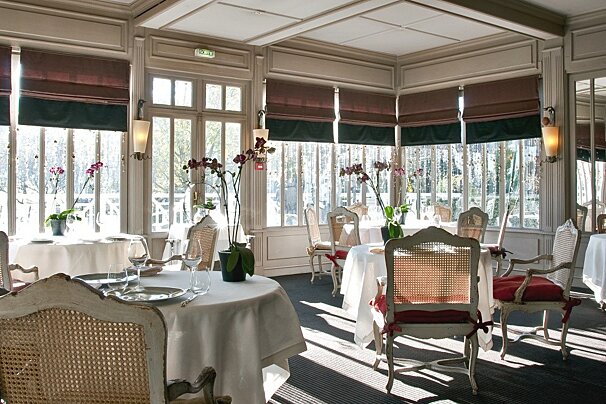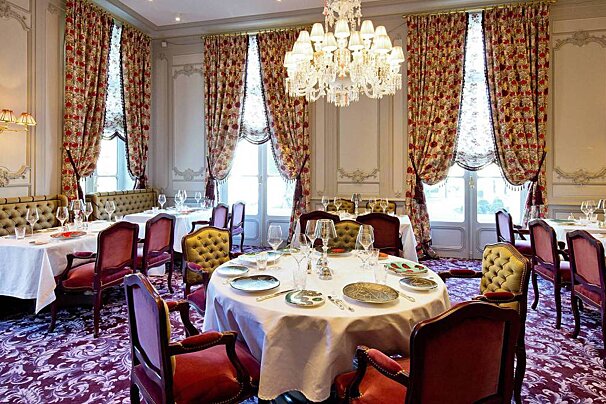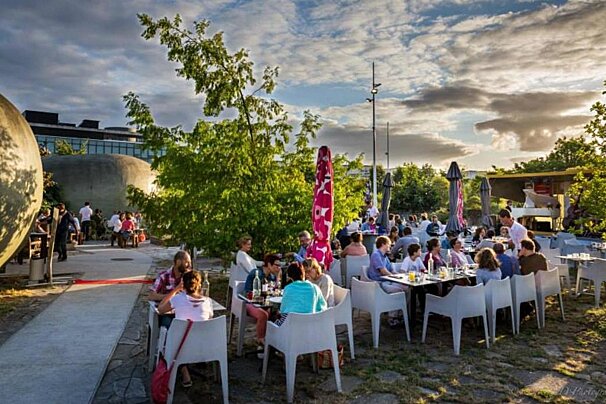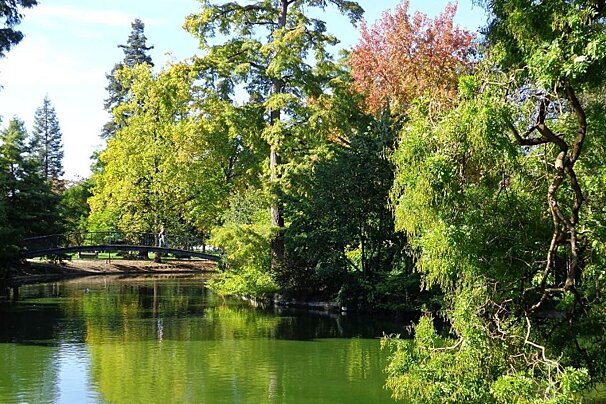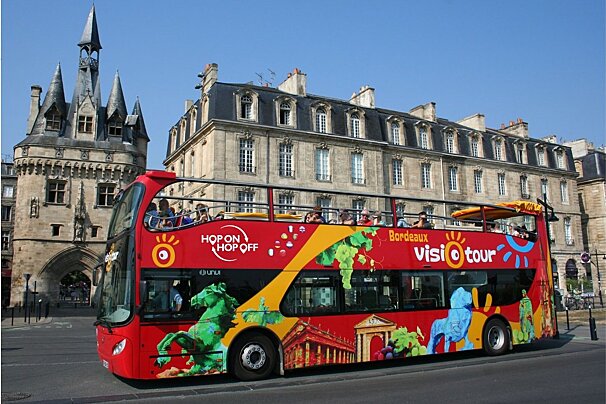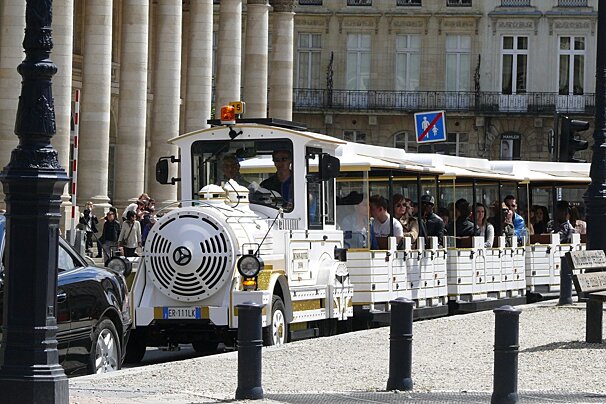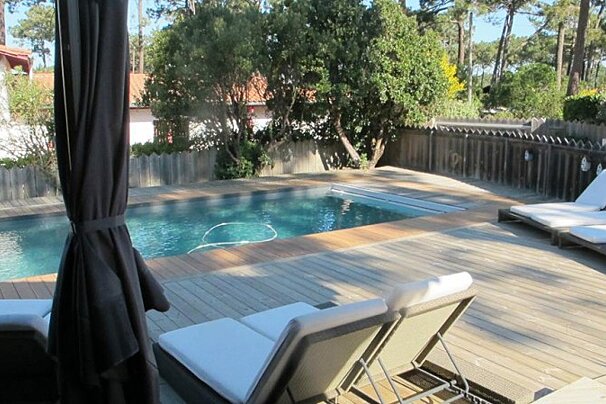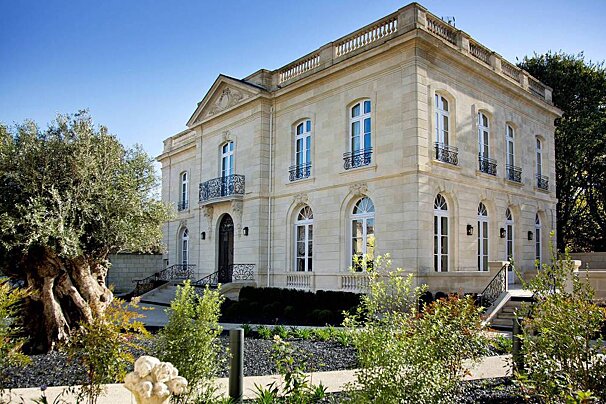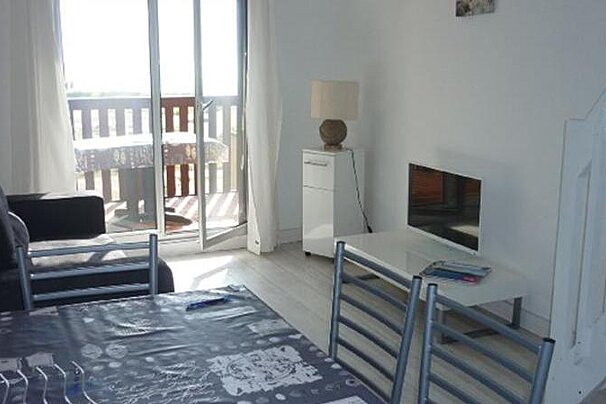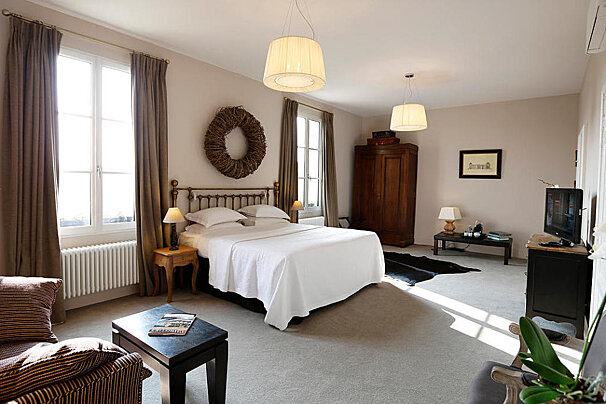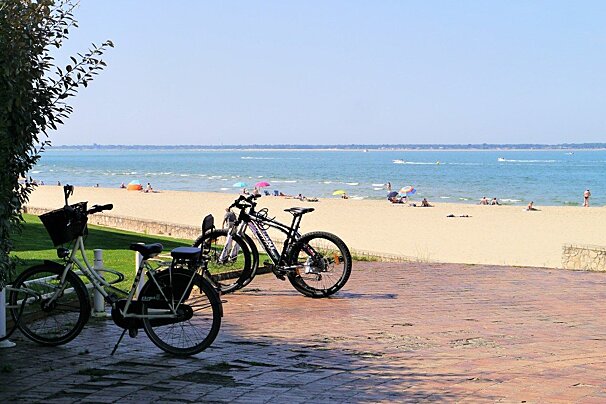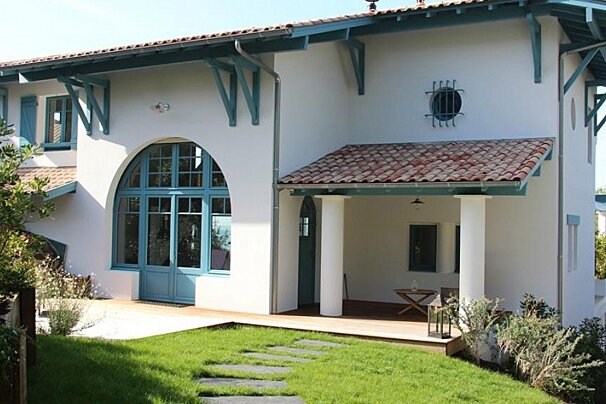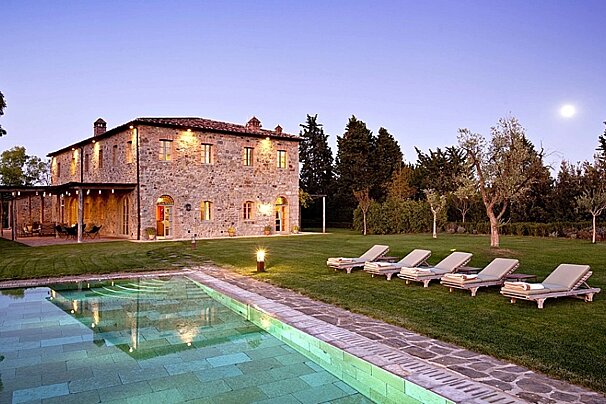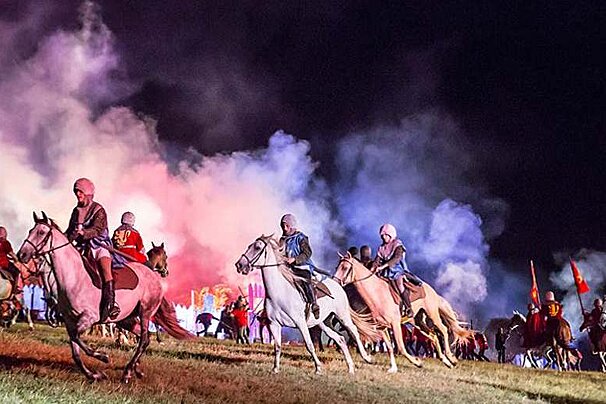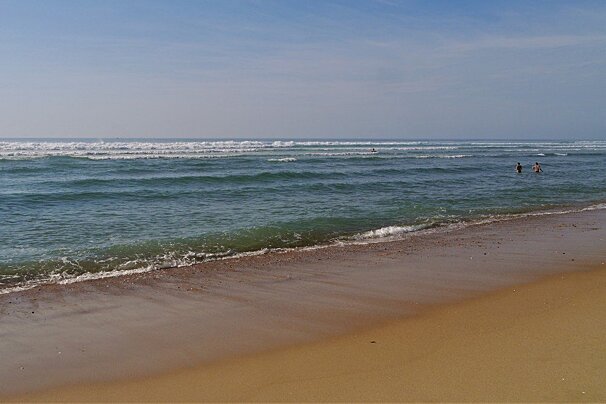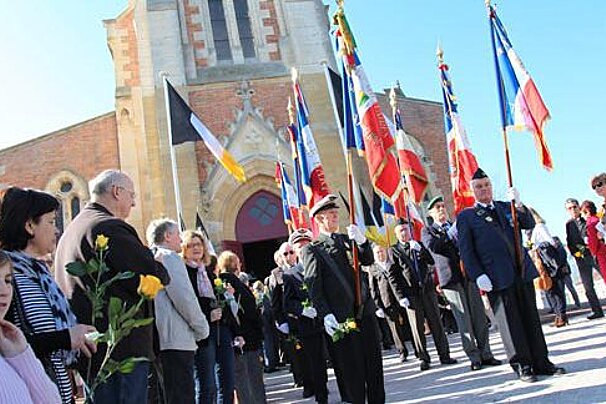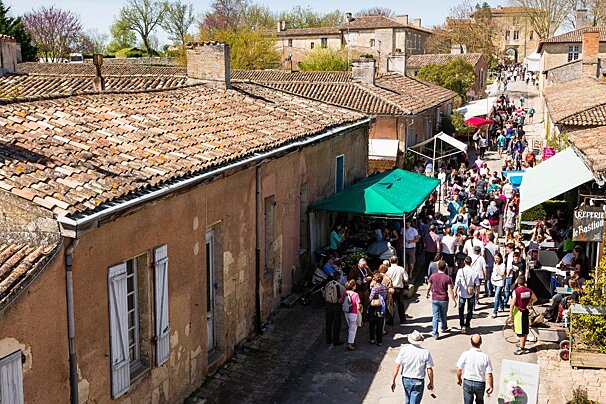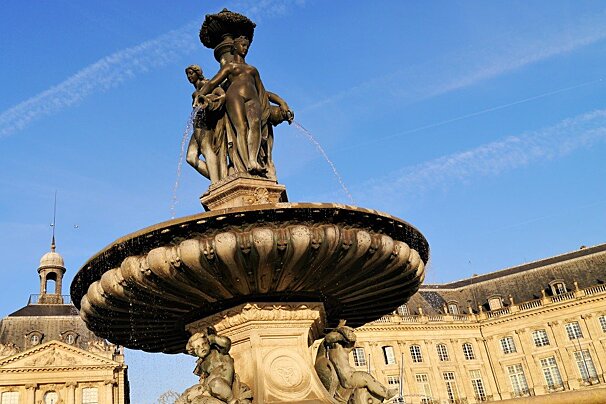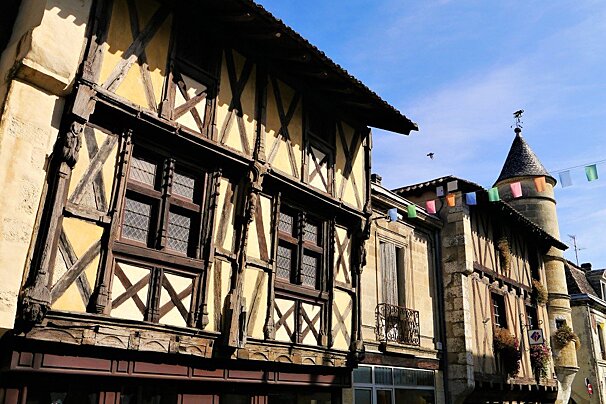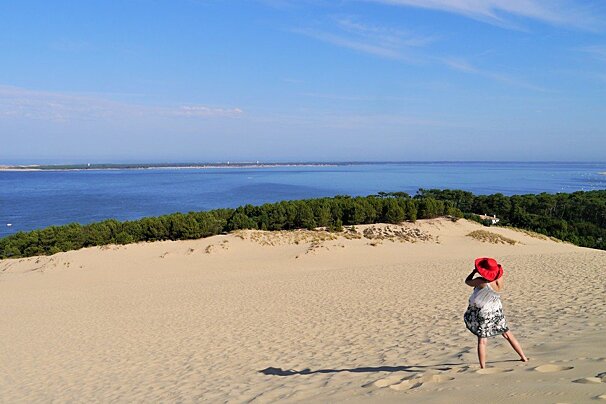As with much of France and especially the Gironde region, the city of Bordeaux has a long history dating back to around the 3rd century BC. Founded by the Bituriges Vivisci, one of the tribes of Gaul, it became their capital and was known at the time as Burdigala. The Vivisci traded wine which they produced themselves.
Later the area was absorbed into the Roman Empire, at around 60BC, becoming the capital of the Aquitainia region. It was an important part of the lead and tin trade to Rome, and it flourished under the Roman Empire. From around the 3rd century AD through to the 10th century the city was attacked, plundered, invaded, conquered, reconquered and changed hands many many times. It wasn't until the 12th to 15th centuries that it regained stability and importance. Much of this was due to the marriage of Henry II of England to the Duchess Eleanor of Aquitaine.
During this time the whole Gironde area prospered and developed its wine export business for the thirsty English drinkers. And the city of Bordeaux in particular because of its large and important Atlantic sea port. Expansion in the area was halted by the Hundred Years' War after which the city of Bordeaux and surrounding areas fell under French rule. The French victory over the English at Castillon in 1453 is still celebrated and re-enacted to this day. It then benefited from the French colonial expansion which opened up trade routes across the Atlantic and to Africa.
Many of the city's medieval walls were demolished in the 18th century and replaced with ornate buildings and majestic squares. Interestingly, the first bridge across the Garonne was only completed in Napoleon's time, the Ponte de Pierre. Even today there are still only two bridges in central Bordeaux, although there are plans for a new road bridge over the Garonne river.
The establishment of a French empire around the world in the 18th century saw fortunes change and the city of Bordeaux expanded and thrived, becoming one of France's wealthiest commercial centres. Work commenced knocking down the medieval walls of defence around the town and new wide boulevards were created and lined with luxury mansions, archways and all sorts of grandeur.

